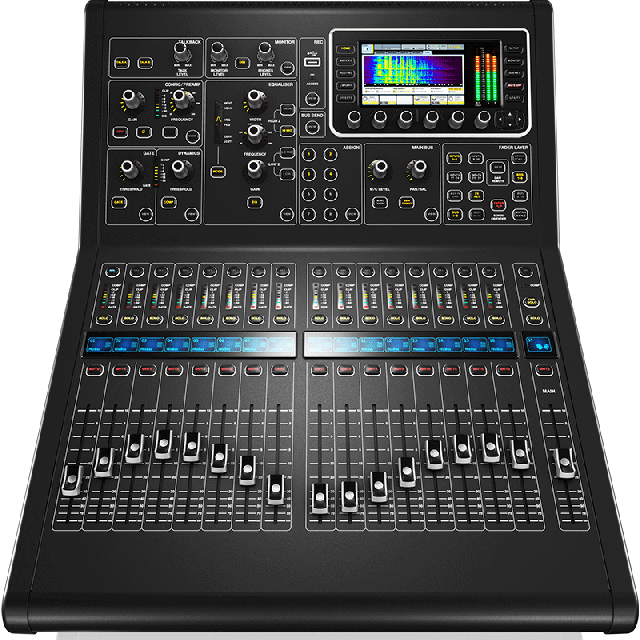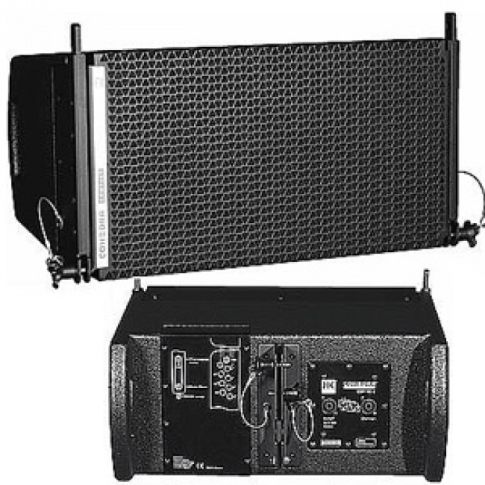We use cookies to make your experience better. To comply with the new e-Privacy directive, we need to ask for your consent to set the cookies. Learn more.
The Future of Event Technology: Trends in Audio Visual Equipment

The events industry has undergone a significant transformation in recent years as a result of the development of cutting-edge audiovisual (AV) technology. As technology advances, the future of event technology appears bright, providing event planners and attendees with a host of innovative and immersive experiences. We take a look at some of the trends in audiovisual equipment shaping events in the future.
1. 5G and Low-Latency Streaming:
The rollout of 5G networks is expected to revolutionize the events industry. The ultra-fast speeds and low latency of 5G enable event organizers to provide high-quality, real-time streaming experiences. Event attendees will have the opportunity to attend events remotely, watch live streams, and interact with presenters and other attendees as if they were physically present. The use of this technology opens up new possibilities for virtual and hybrid events, making them more interactive and engaging.
2. Augmented and Virtual Reality:
VR and Augmented Reality (AR) can transform events by creating immersive experiences. Attendees can use AR to view exhibit information and interact with 3D models of products. Attendees can travel to virtual environments and attend events from the comfort of their own homes using virtual reality. With these technologies becoming increasingly accessible and affordable, they will play a significant role in the future of event technology.
3. Interactive Displays:
Interactive displays, such as touchscreen walls and tables, are becoming increasingly popular at events. Having these displays allows attendees to interact with content in a hands-on manner, enhancing their overall experience. Displays with interactive components make information more accessible and engaging, whether at a trade show or a museum exhibit.

4. Holographic Technology:
Events are increasingly using holographic technology to create captivating visuals. Adding holograms of speakers, performers, or products to exhibits can add a futuristic and memorable touch to events. The events industry can anticipate more creative applications as this technology matures.
5. LED Video Walls:
Video walls made of LED have rapidly advanced in terms of resolution and flexibility, enabling them to create stunning visual displays customized for any event. LED video walls are becoming more energy-efficient, cost-effective, and versatile, making them an increasingly popular choice for large-scale events because they are becoming more energy-efficient, cost-effective, and versatile.
6. Remote Simultaneous Interpretation:
Global events frequently require interpretation services, and remote simultaneous interpretation (RSI) is making multilingual support more accessible and cost-effective. RSI enables interpreters to work remotely and translate in real-time for attendees. The use of this technology simplifies the logistics of organizing international events and improves their accessibility.
7. 360-Degree Livestreaming:
Remote attendees can now view events from every angle using 360-degree live streaming. This technology is precious for events with limited physical space. The immersive experience enhanced the inclusivity of events for those who cannot attend in person.
8. Gesture andVoice Control:
The integration of gesture and voice control technologies into AV equipment is creating touchless interfaces. The ability to control screens, lighting, and sound can be achieved by gestures or voice commands, which reduces physical contact and improves hygiene, which is of critical importance in the post-pandemic era.
9. Sustainability Initiatives:
Event planners are increasingly concerned about sustainability, and they are incorporating eco-friendly audiovisual solutions into their events. This includes reducing waste, using energy-efficient equipment, and minimizing carbon footprints of events. As the industry places greater emphasis on environmental responsibility, sustainable AV practices are likely to become increasingly prevalent.
Conclusion
The future of event technology at WWAVE is bright, with AV innovations promising to enhance the overall event experience. The use of 5G, AR, VR, and interactive technologies allows event organizers in Melbourne to engage and engage their attendees in a new way. Additionally, touchless interfaces and sustainable practices contribute to a more inclusive and responsible event industry. Event planners and technology providers should stay ahead of these trends to ensure attendees have an outstanding and memorable event experience.
